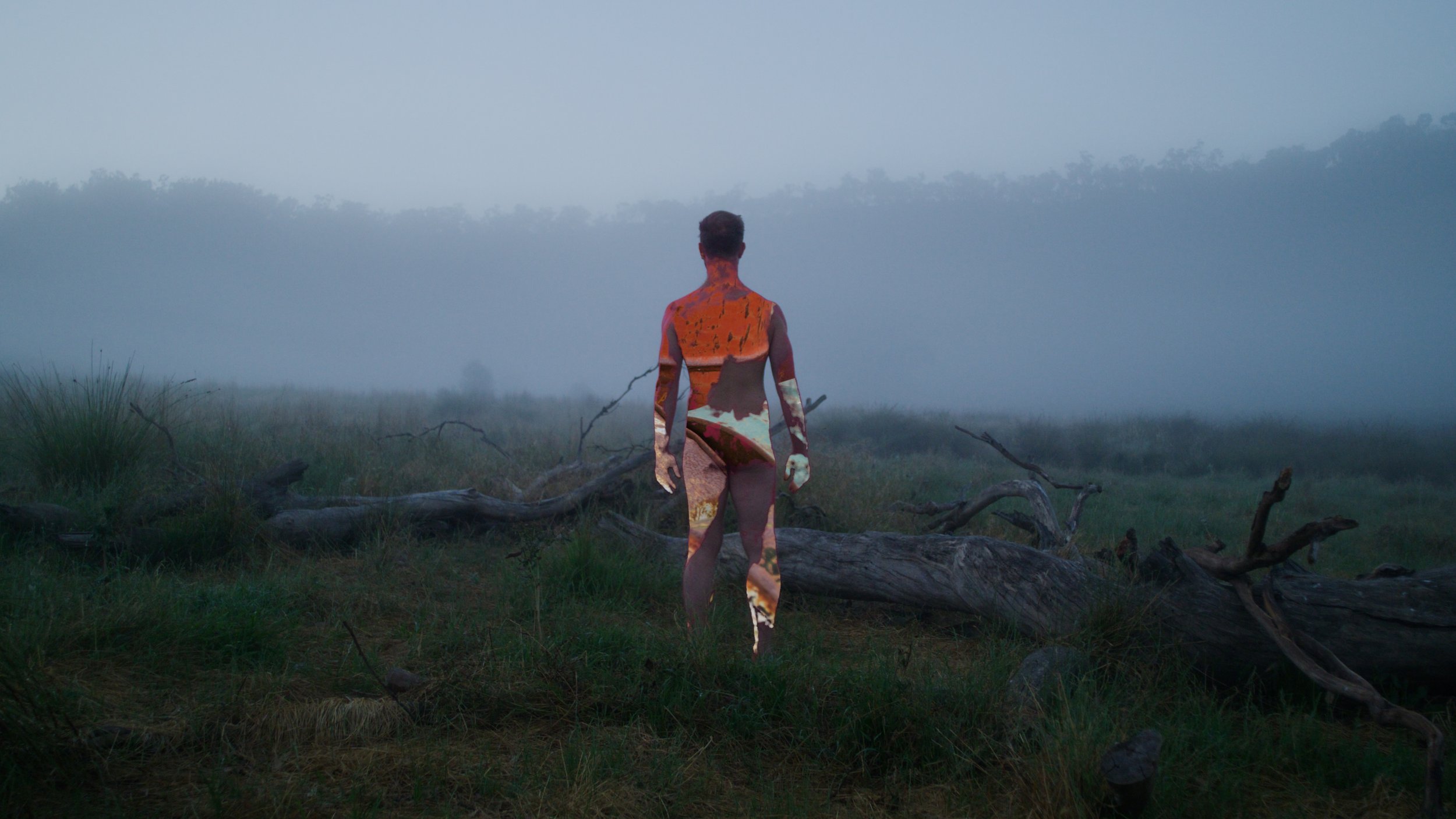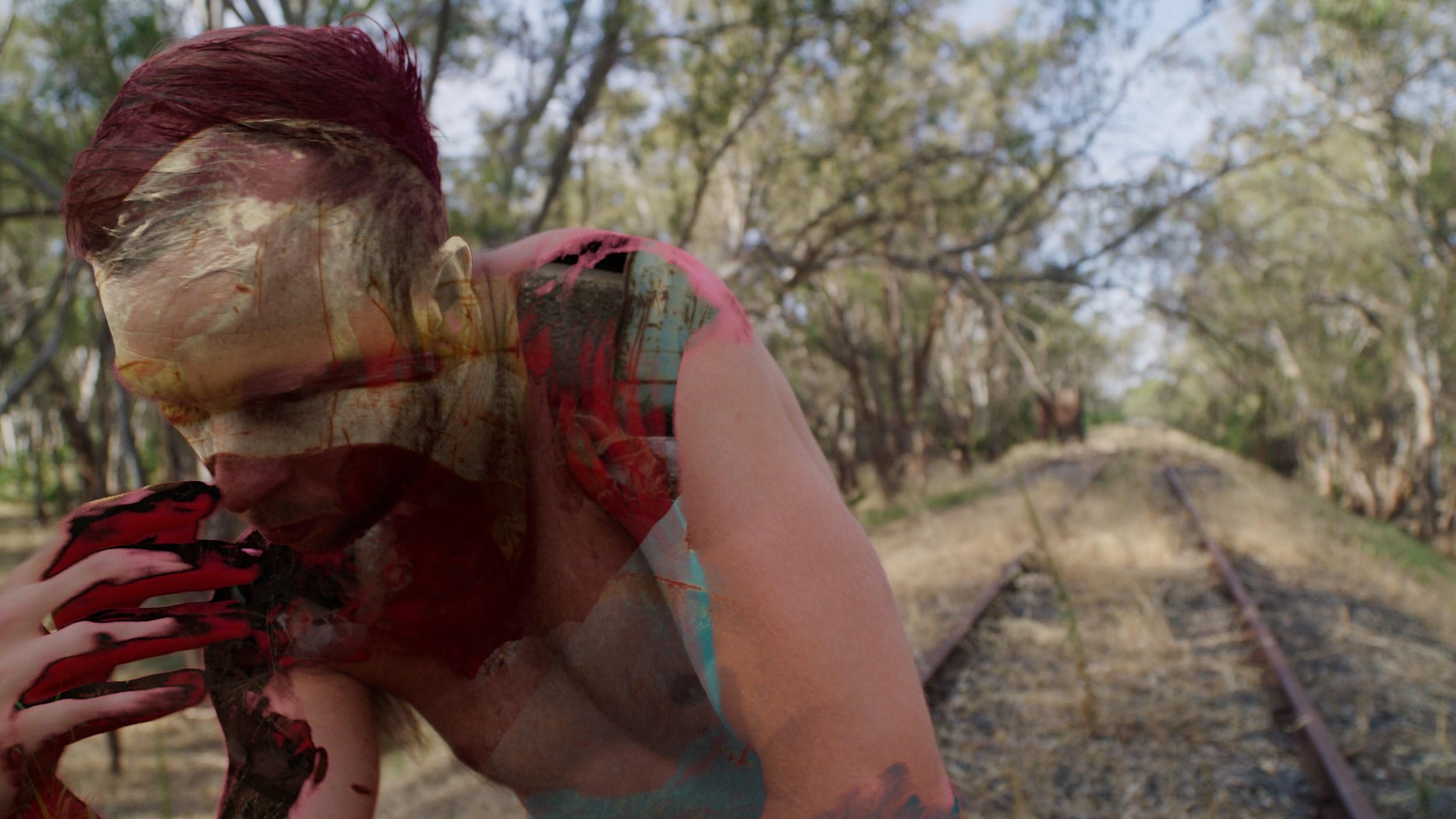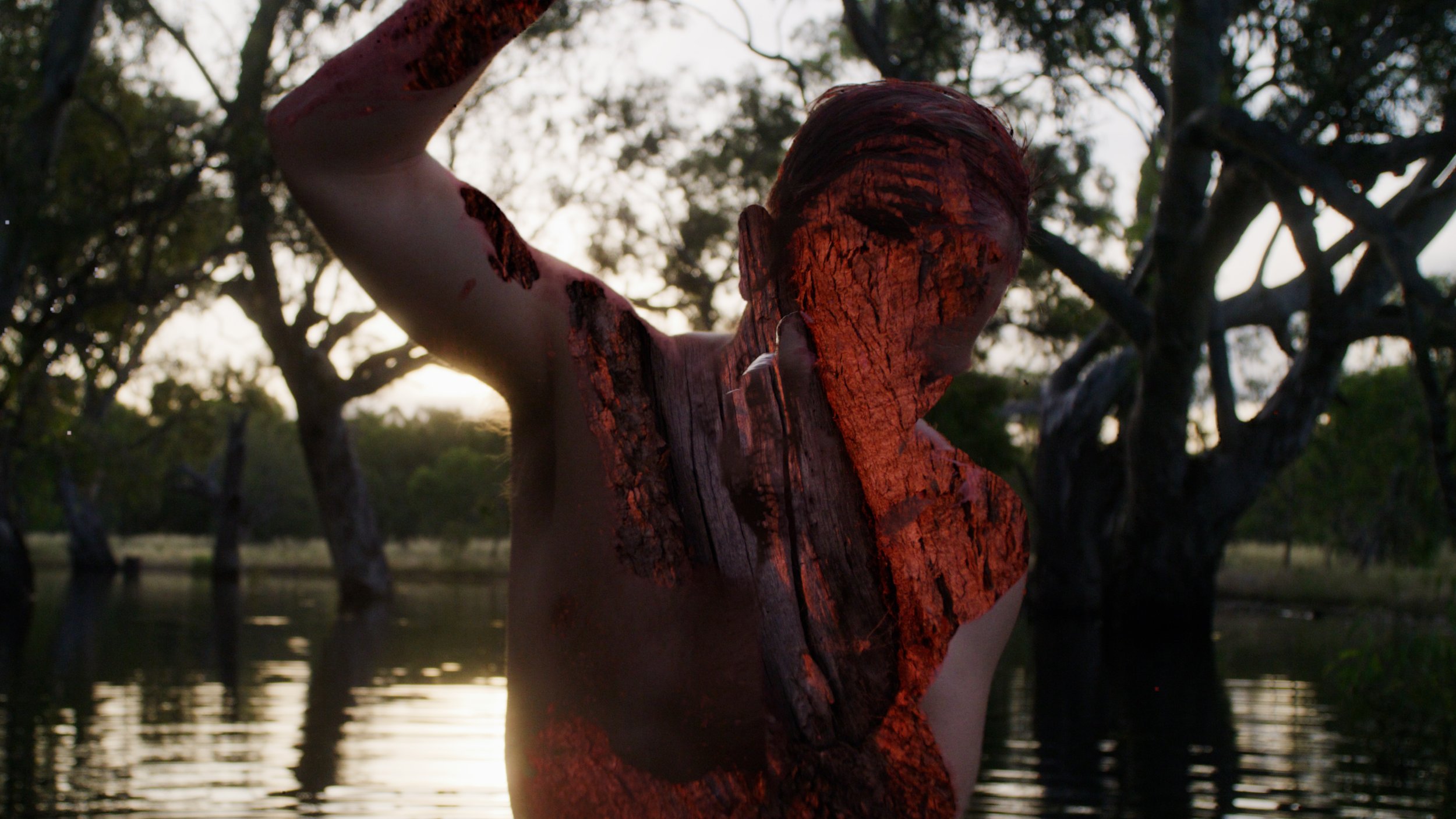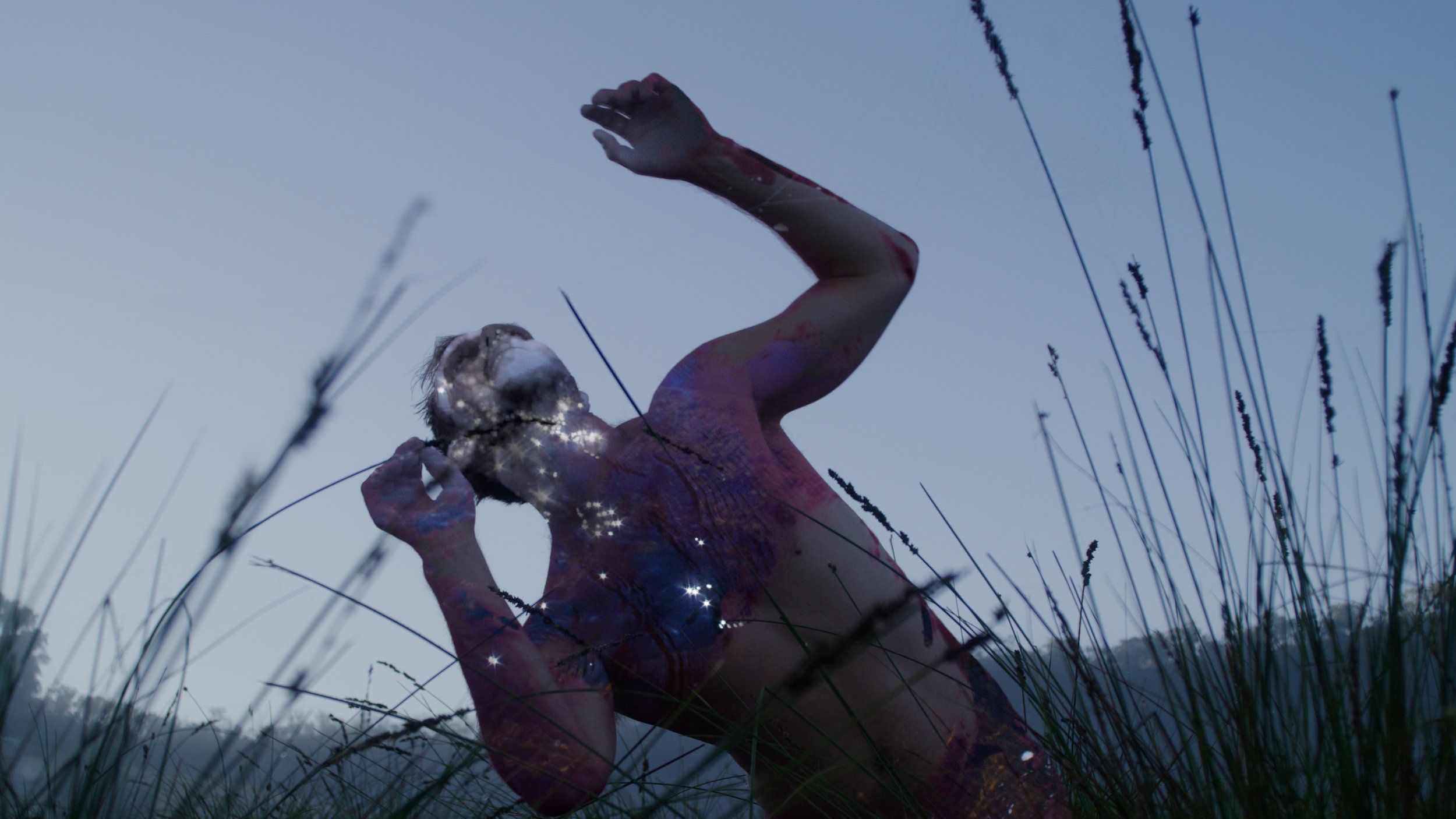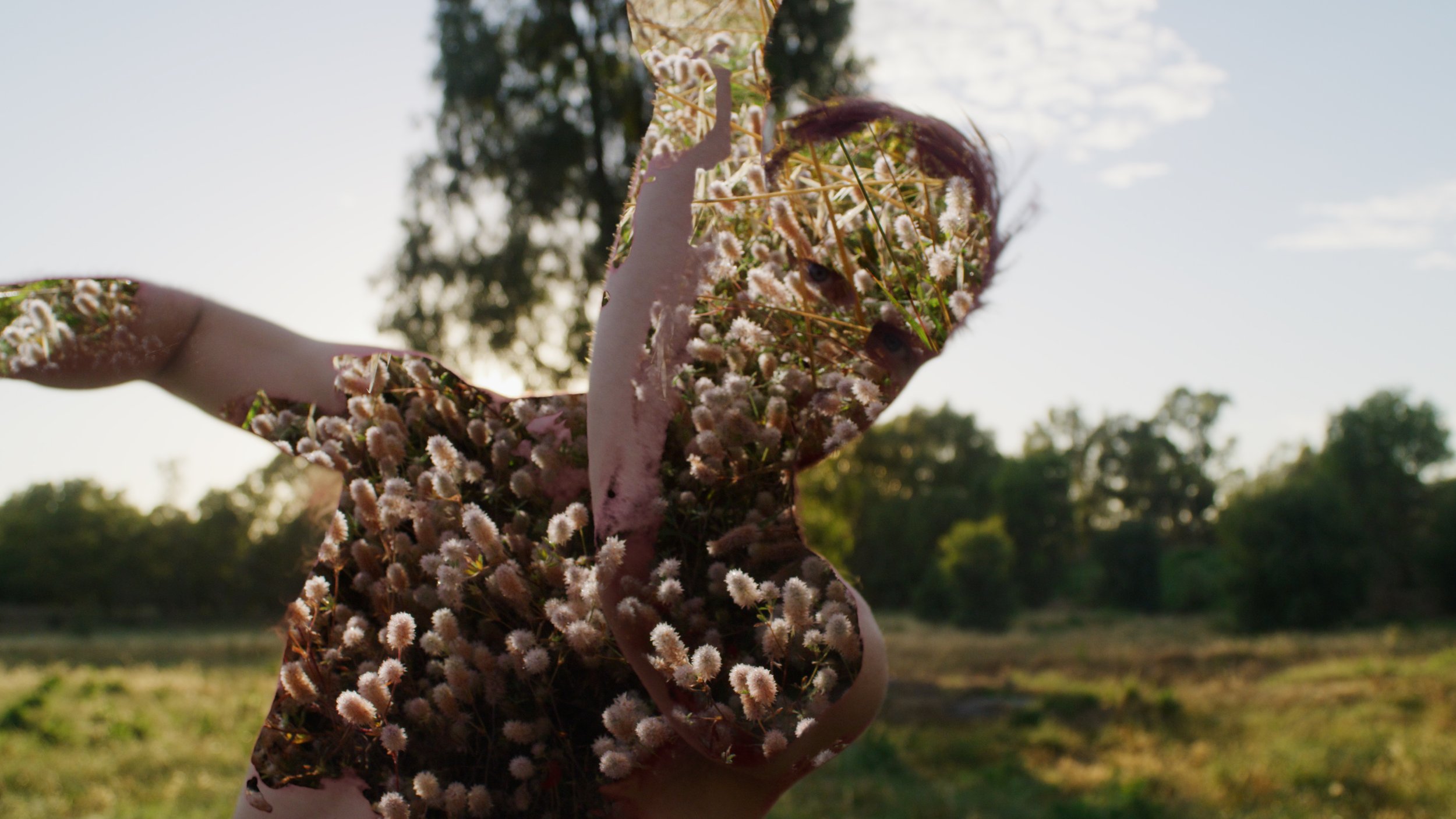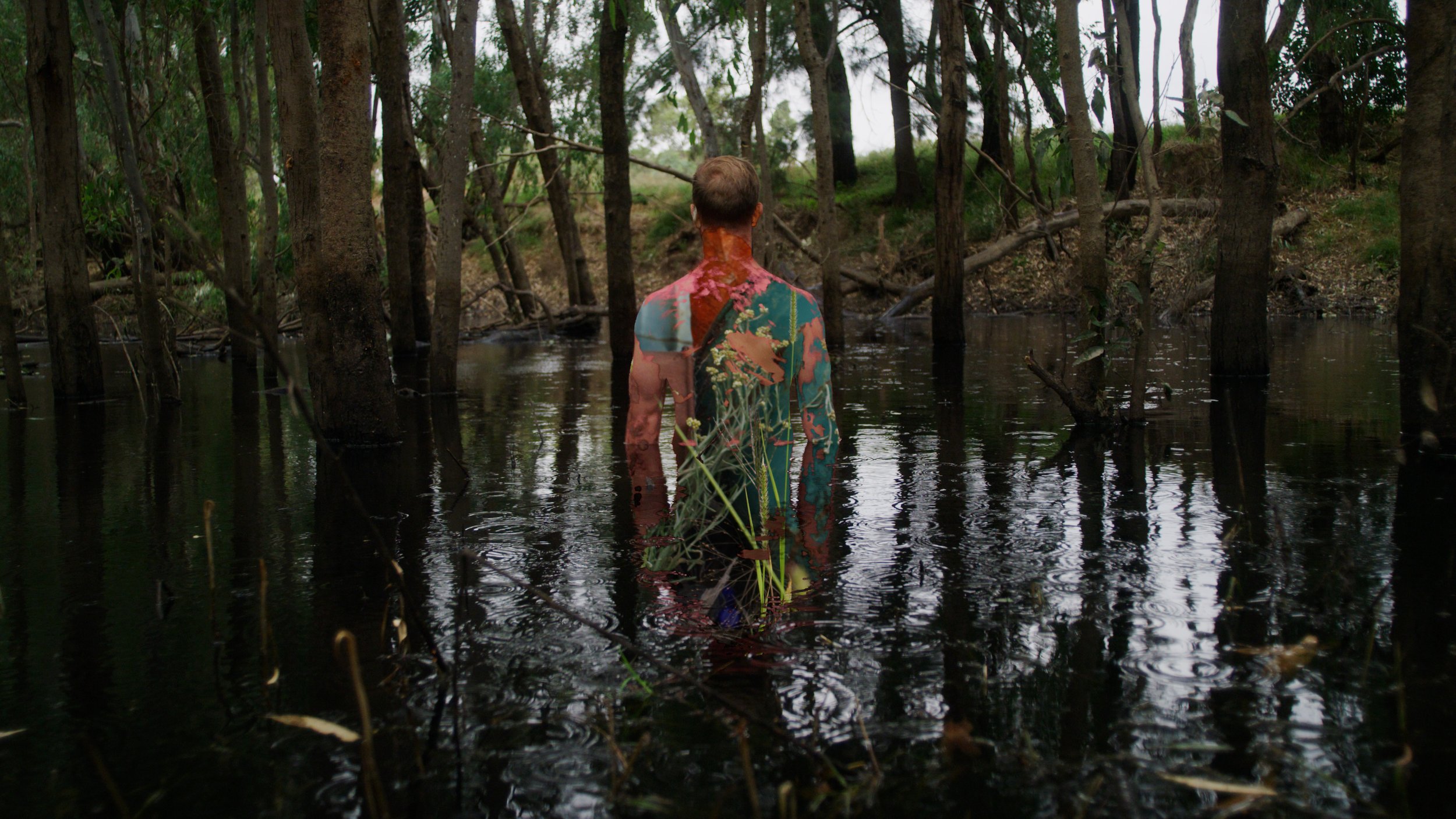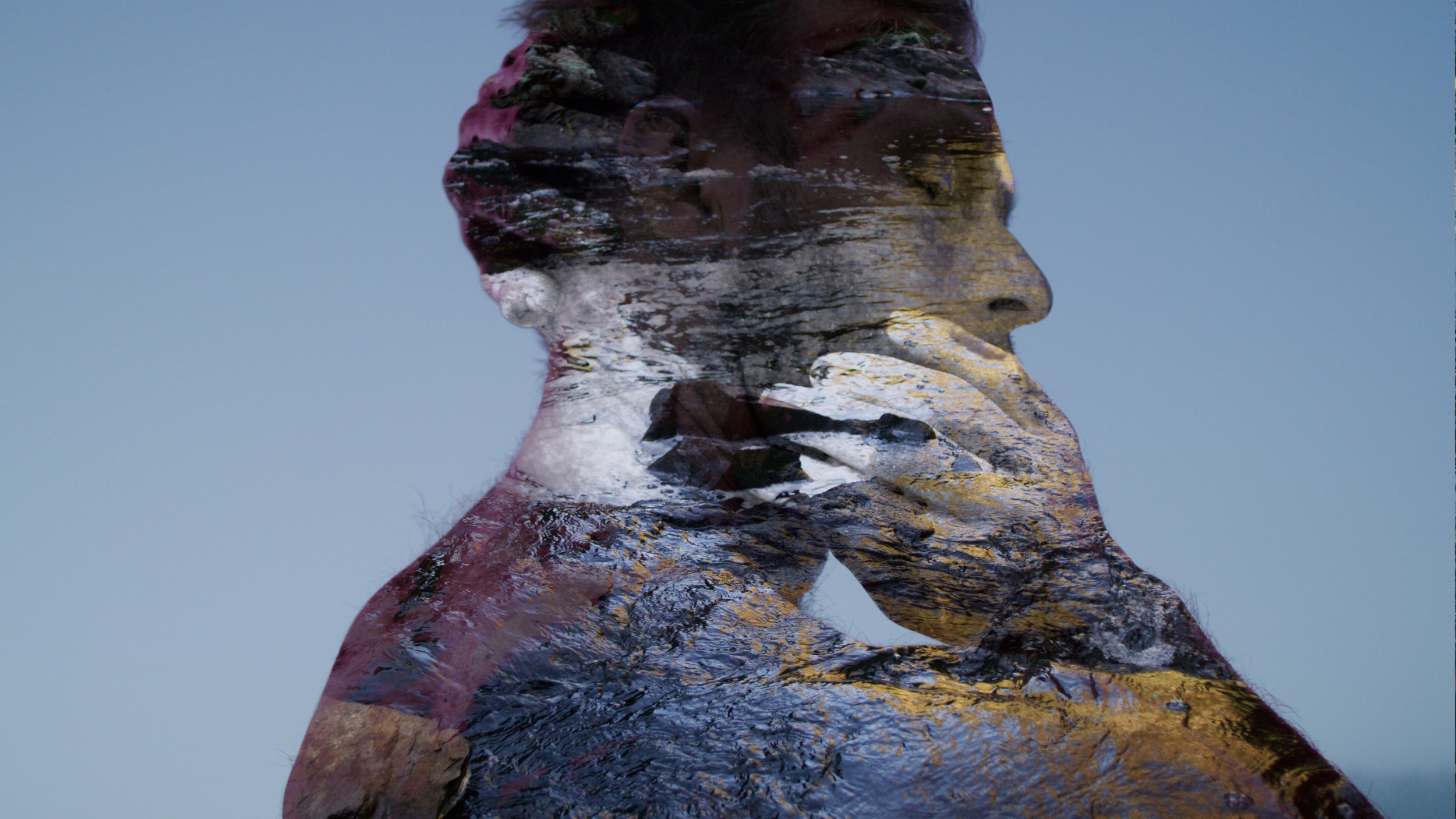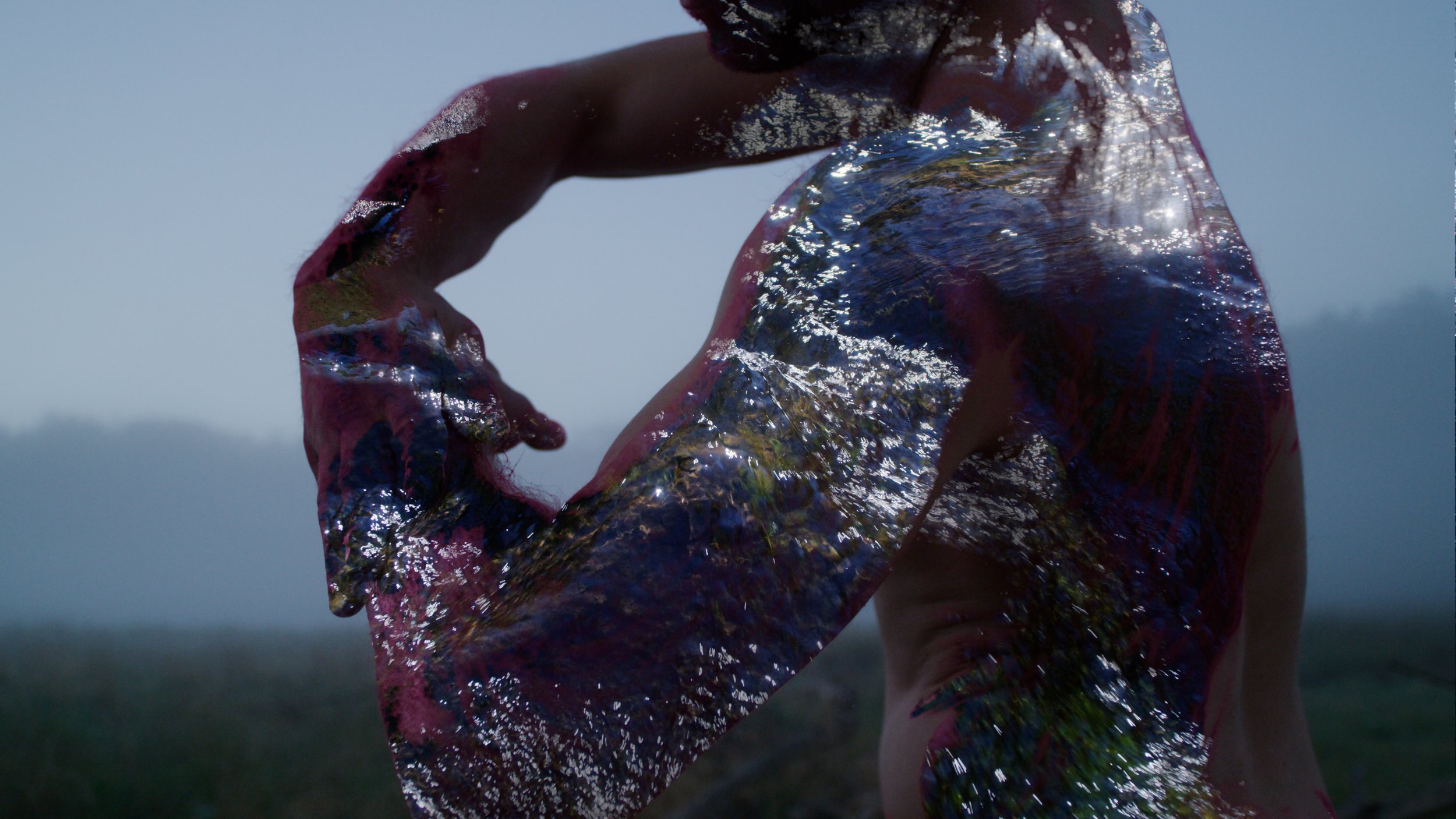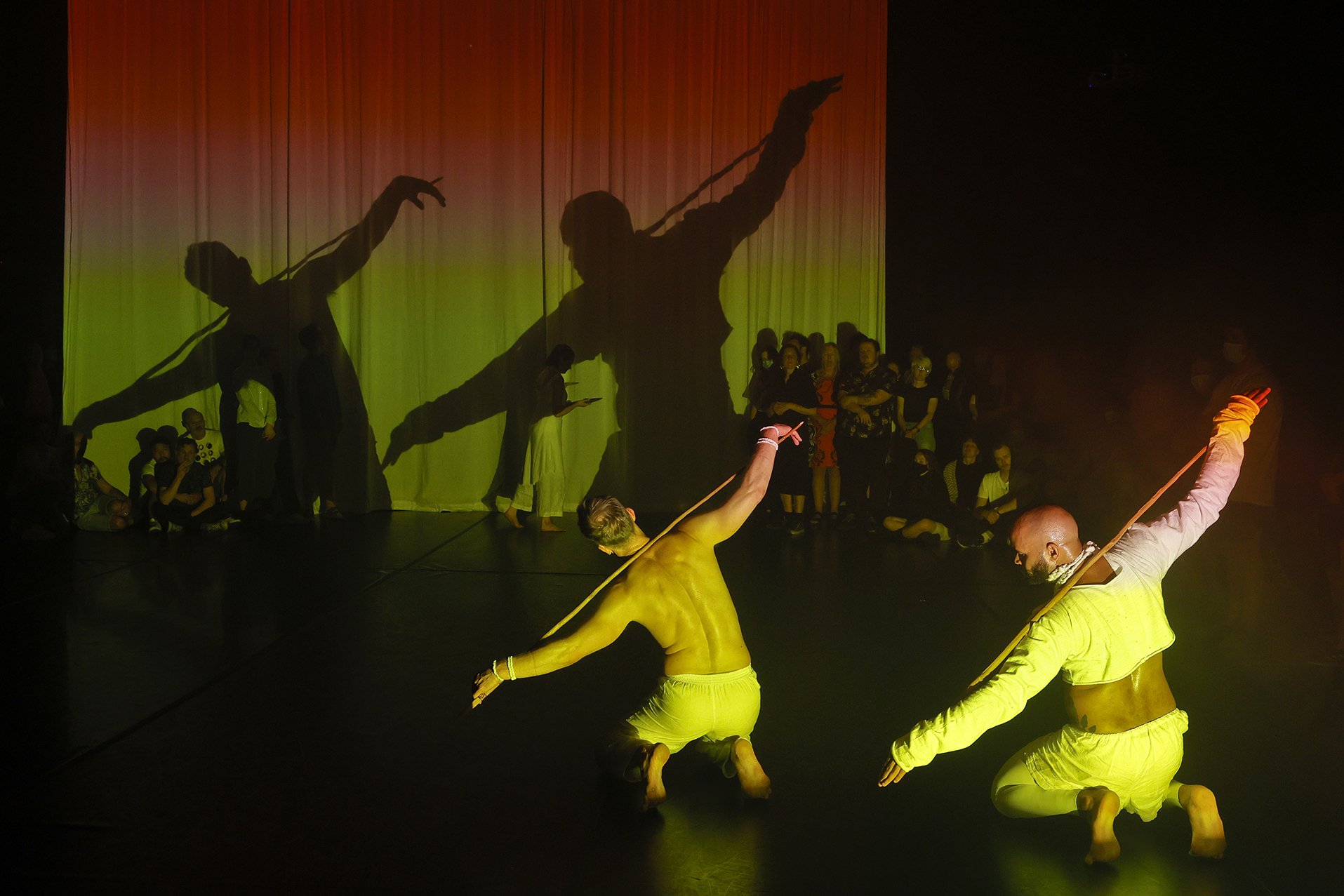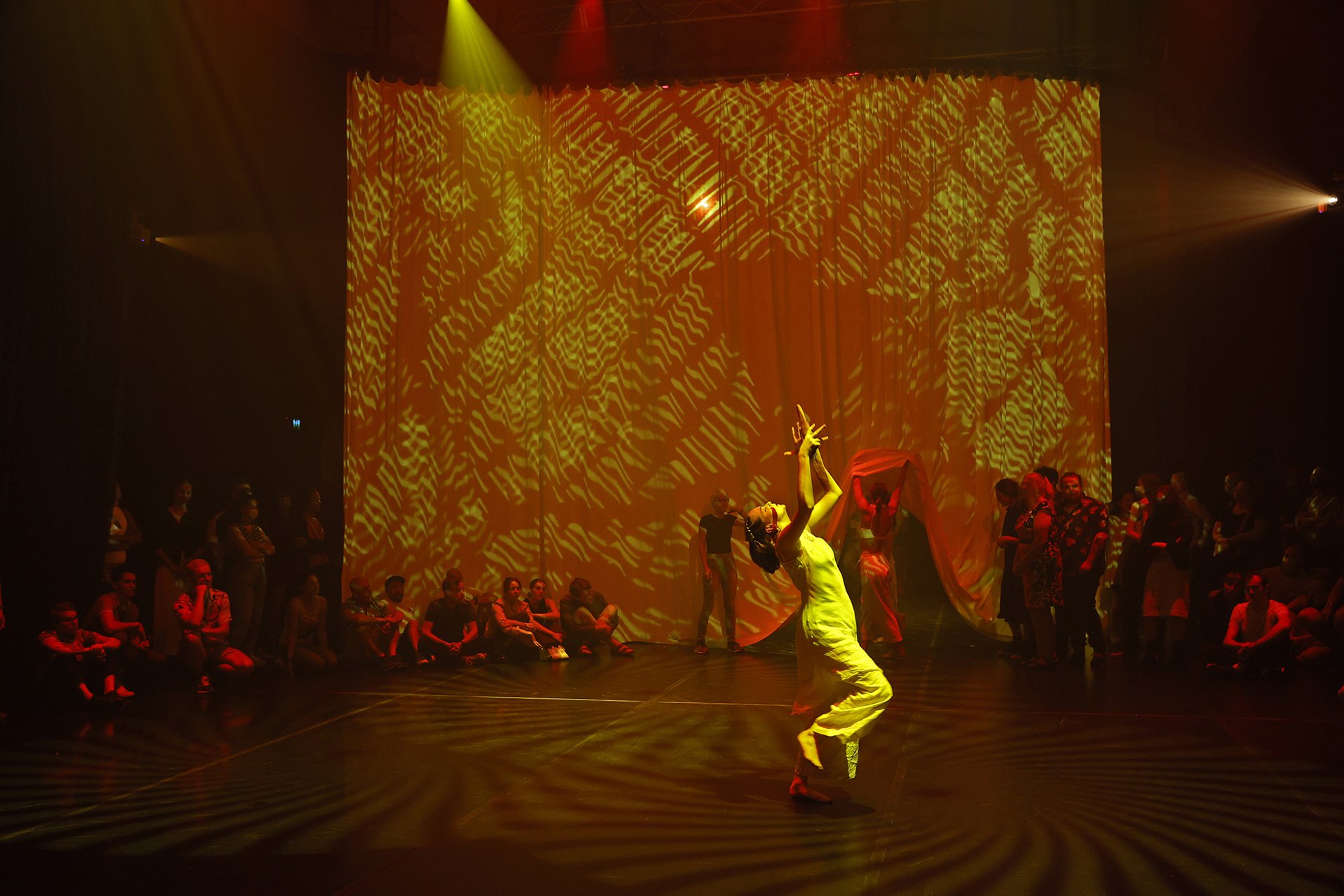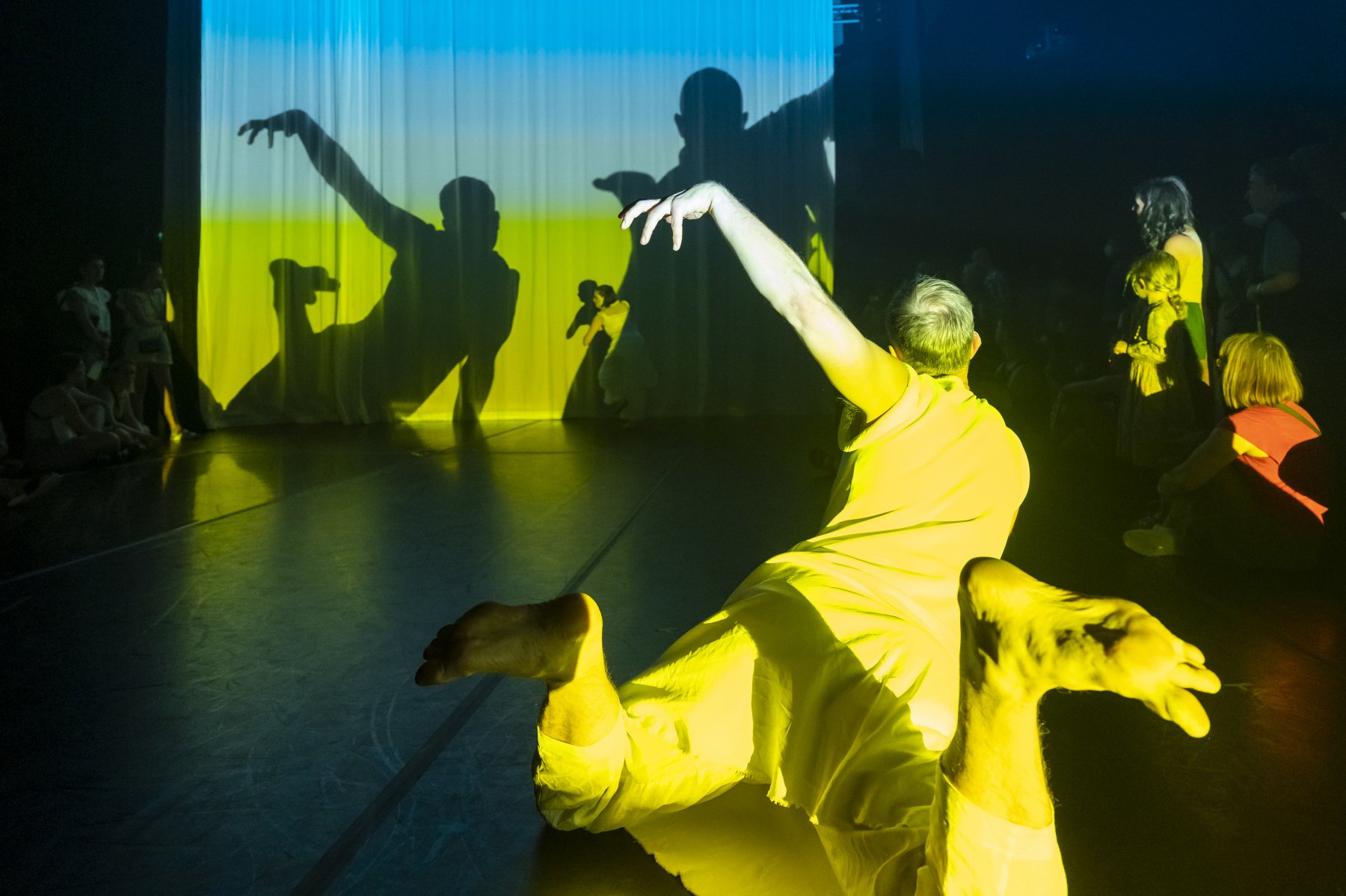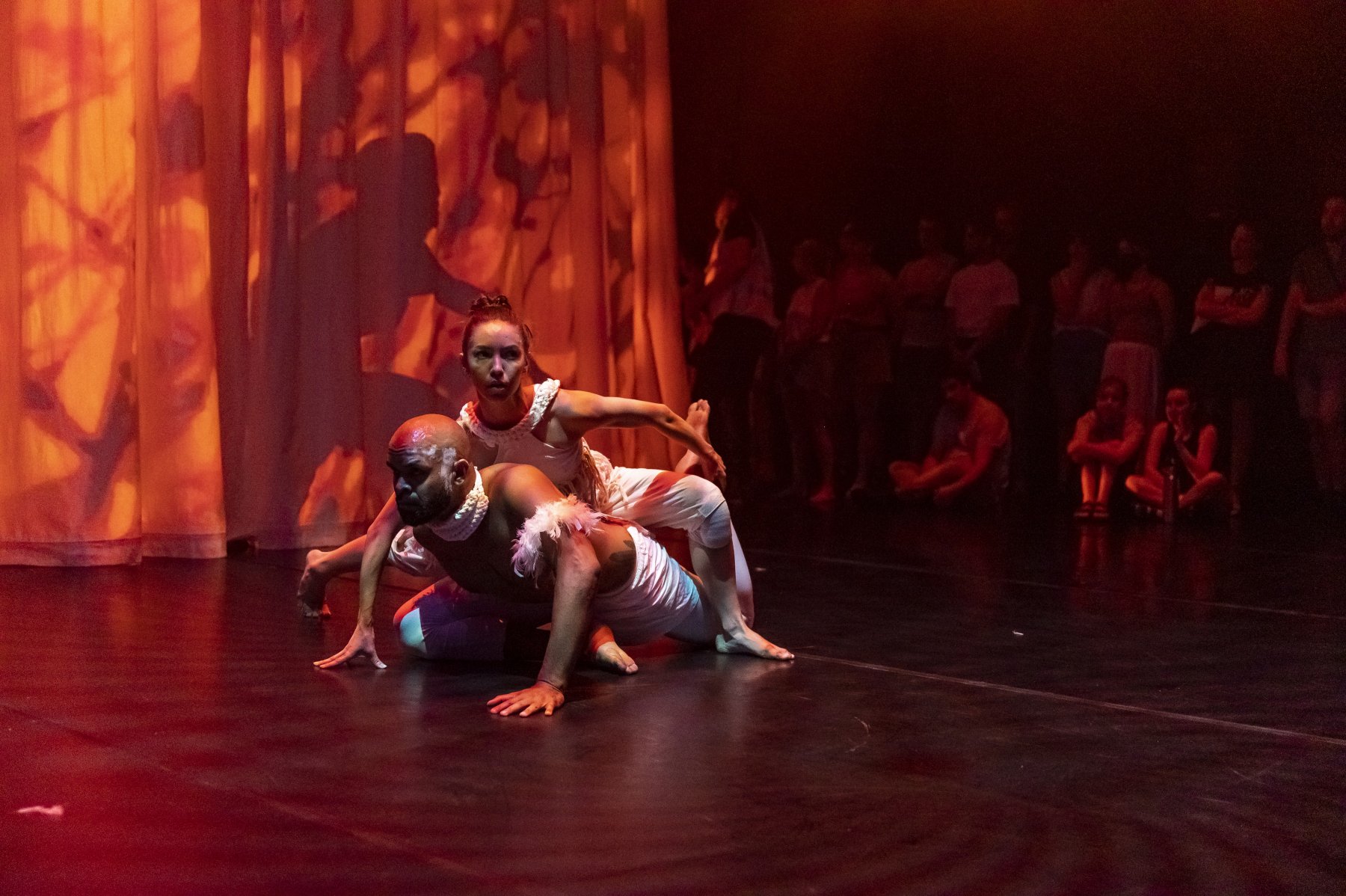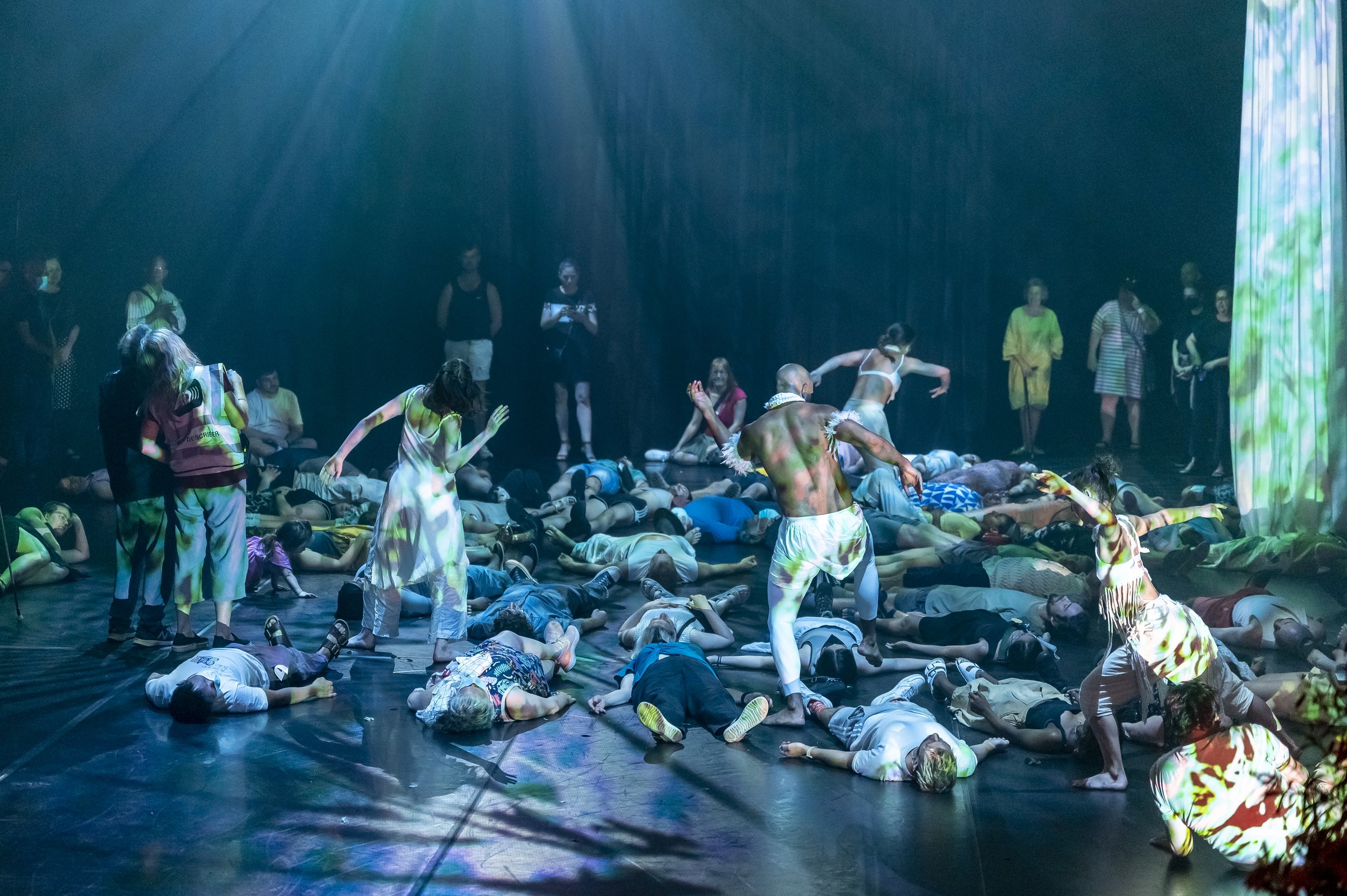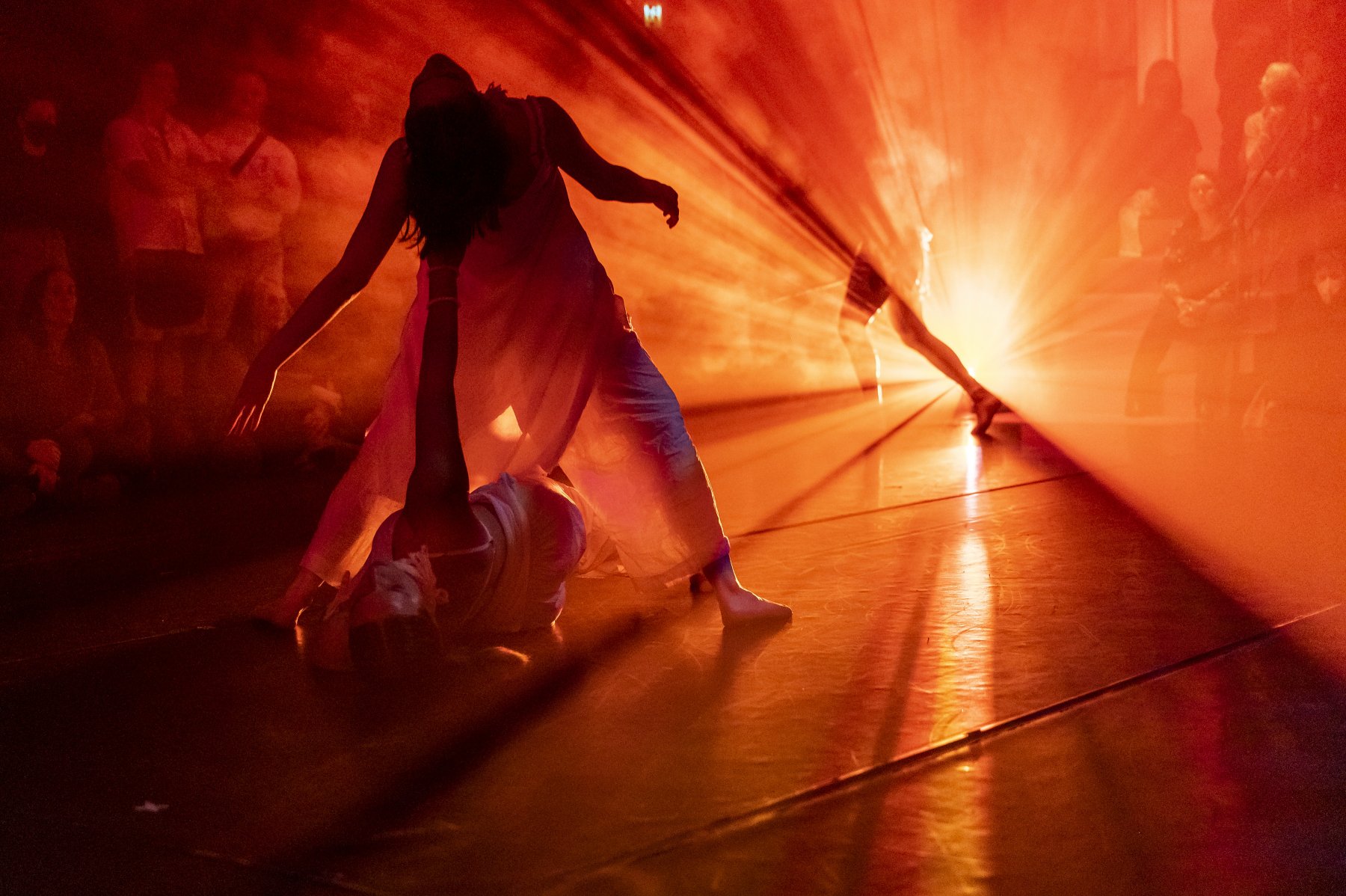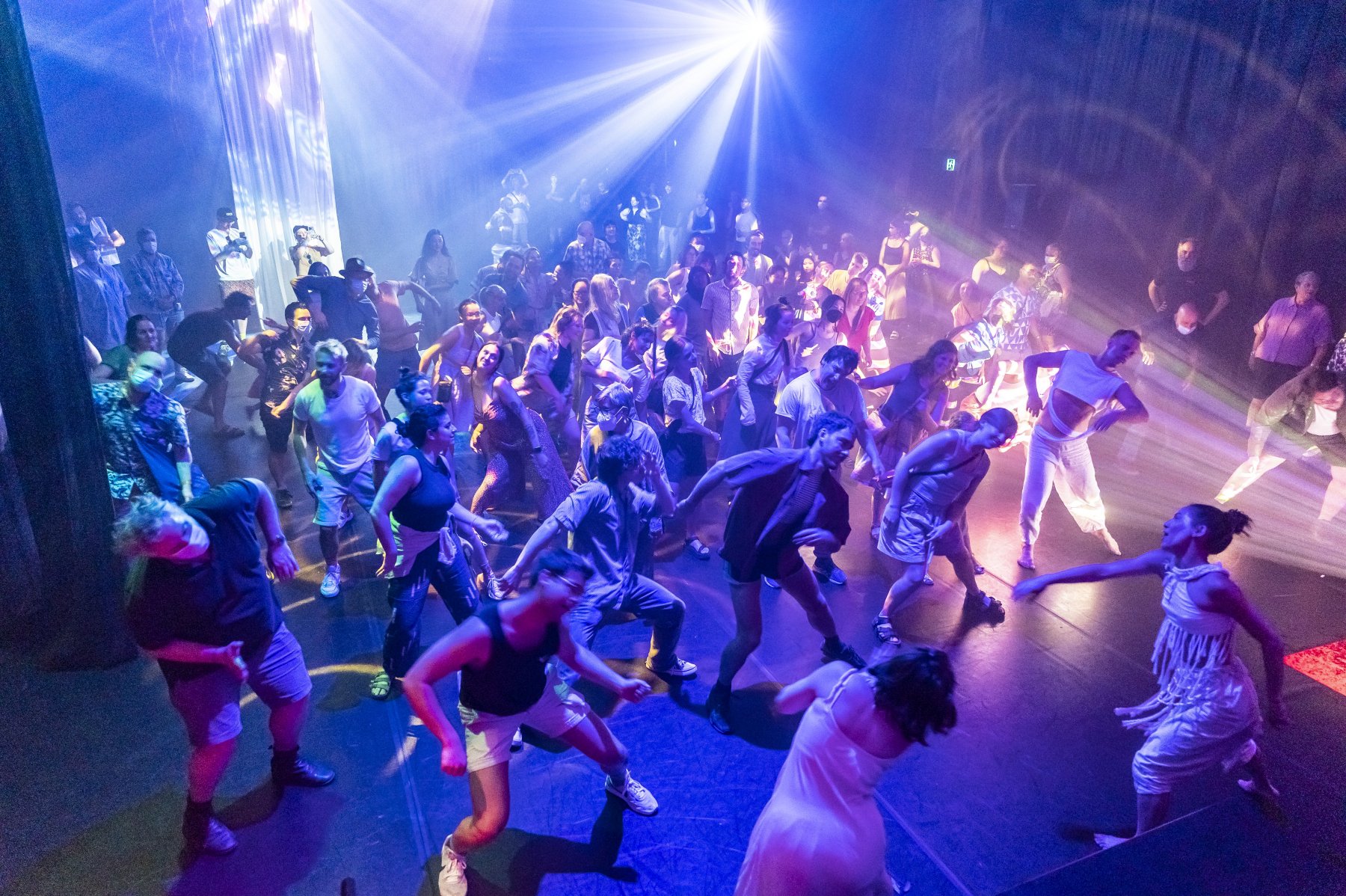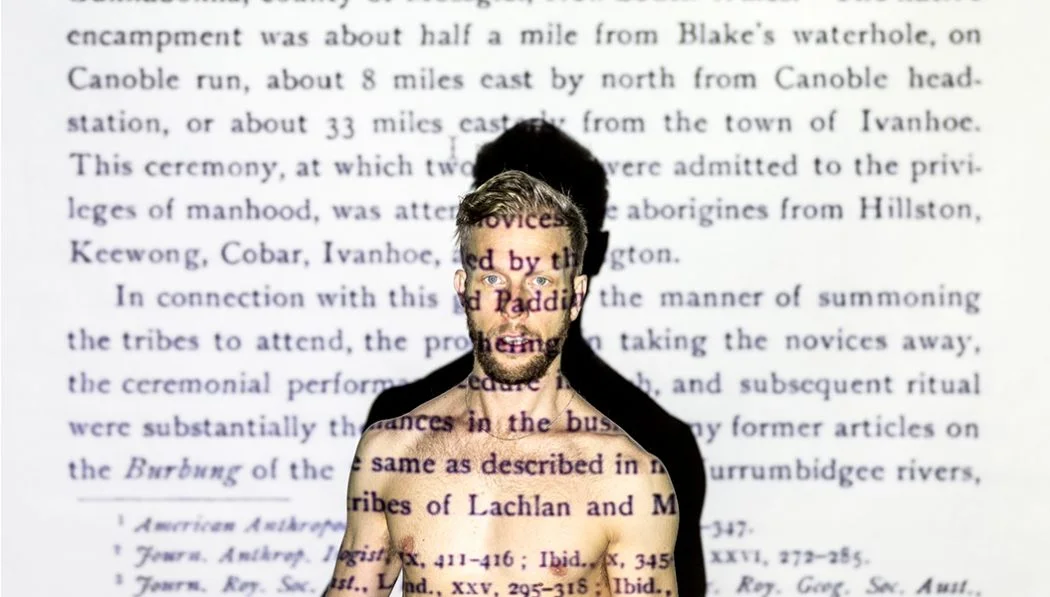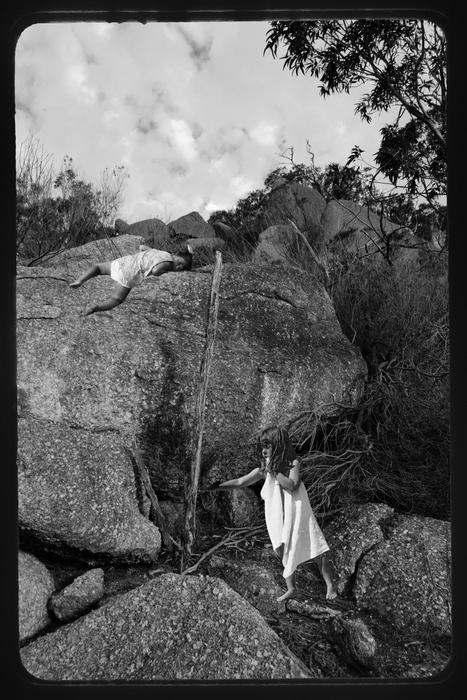‘Homo Pentecostus is a deliciously rich fusion of confessional theatre and ecstatic dance.’ – Time Out
‘A nuanced piece of personal, poetic and thoughtful theatre that manages to entertain while packing a complex emotional punch.’ – Arts Hub
‘There are moments in this show that touched me, moments that shook me and moments that sing and dance and shout so loudly, the show leaps from the stage and becomes sublime.’ – Keith Gow, Theatre First
Awaken your spirit. Shake up your perceptions. Homo Pentecostus is an ecstatic testament to resilience, love, and the pursuit of personal truth.
Join an odyssey of self-discovery and liberation. Actor, dancer, and writer, Joel Bray invites you to an intimate exploration of his secret queer identity within the confines of a 1990s Pentecostal Church.
As Australia's fastest-growing religion, Joel places Pentecostalism's allure, complexities, and profound impact at the fore—offering an insider's perspective on the intersection of identity, faith, and sexuality.
Joel Bray, with co-director Emma Valente and co-performer Peter Paltos wrote Homo Pentecostus through a process of interviews with each other. The resulting work is a conversation between two Queer men discovering each other, their shared experiences of religion and culture and, just as importantly, their differences.
Audiences enter a strange convention centre style space drenched in blue and encounter familiar artefacts of the 90s Pentecostal Church Joel remembers so well: cups of tea and coffee, white plastic chairs and an overhead projector. We follow the two characters as they wrestle metaphorically with memory and grief, and wrestle literally with each other and the chairs themselves.
Partake in a shared ritual that immerses you in the transformative power of music, movement, and collective ritual. Homo Pentecostus peels back layers of conflicting allure and hidden shame, to illuminate our quest to embrace our true selves.
Homo Pentecostus premiered at the Malthouse Theatre, Melbourne in May, 2024 and will be touring to to the Perth Institute of Contemporary Art (PICA) in October, 2024.
Hero Image: Kristian Gehradte
Production Images: Tiffany Garvie
Homo Pentecostus has been supported by Creative Victoria through the Creative Ventures program. This project has been assisted by the Australian Government through Creative Australia, its principal arts investment and advisory body. Co-Commissioned by Malthouse Theatre and Perth Institute of Contemporary Art.










